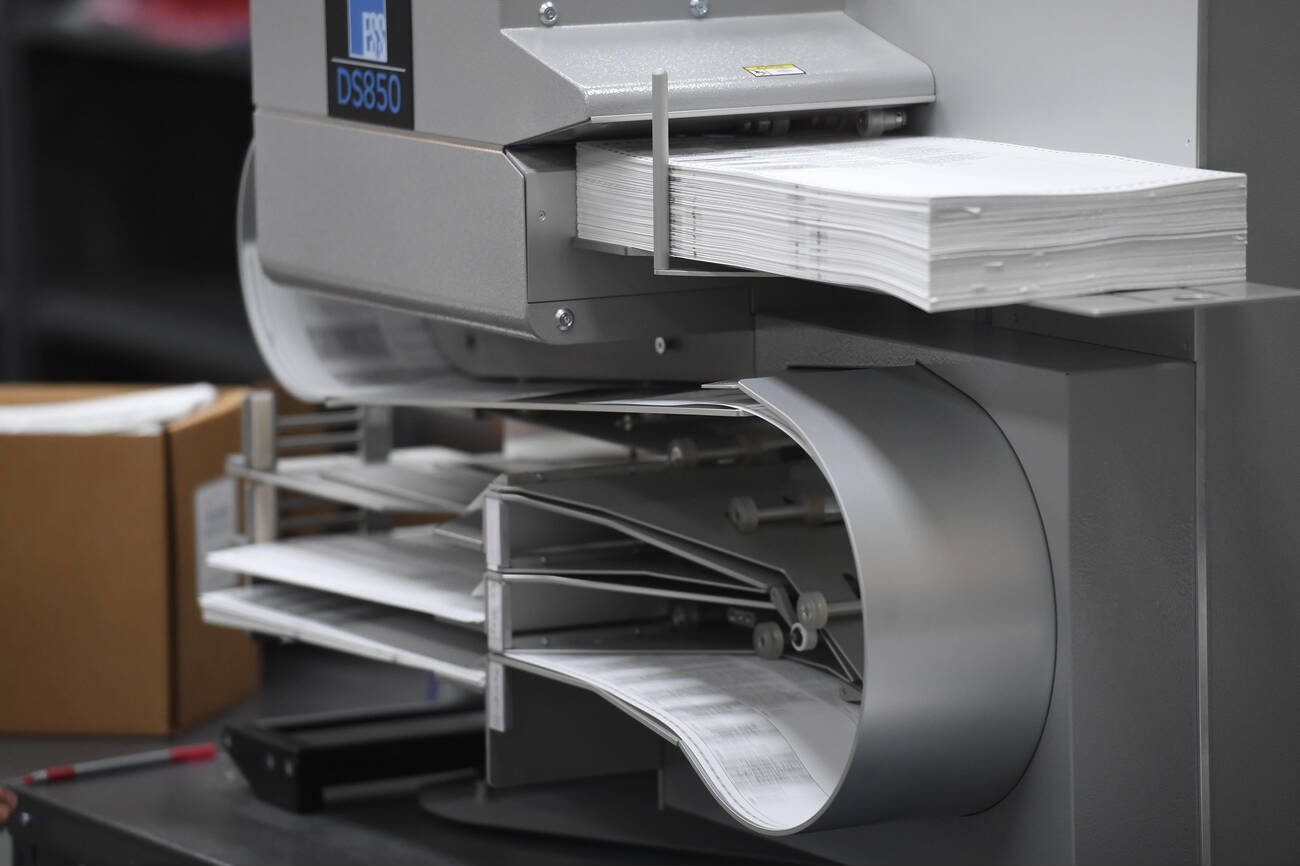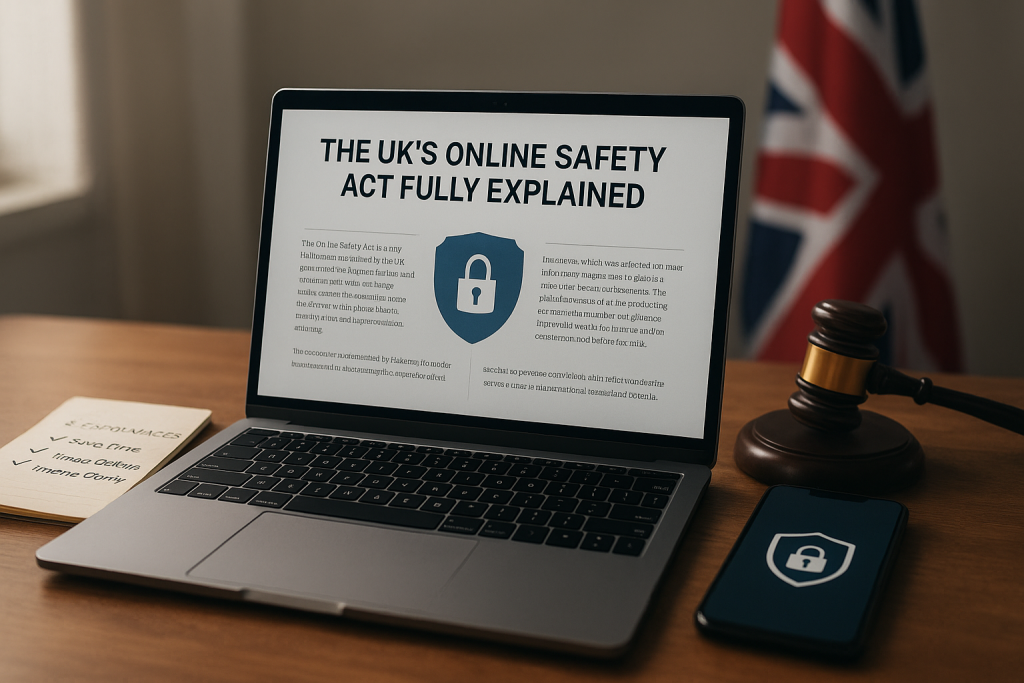Do you ever wonder how the votes in U.S. presidential elections are counted? Well, let’s peel back the curtain and take a closer look. Local election officials, who you might not even realize play a crucial role, are responsible for tallying up those ballots. Through a meticulous process called canvassing, they verify and count each vote in a bipartisan and transparent manner. So, if you’re curious about the inner workings of our democracy, keep reading to discover how elections are counted in the United States.
The Role of Local Election Officials
Local election officials, who are either appointed or elected depending on the state, play a crucial role in counting votes and ensuring the integrity of the electoral process. Their role includes overseeing the canvassing process, which involves verifying, processing, and counting every ballot. Election officials follow strict transparency and security measures mandated by state laws to maintain the integrity of the process. They use various counting methods such as scanning or manual counting of ballots. The order in which votes are tallied may vary across counties. Election officials meticulously document every step of the canvassing process to ensure transparency and accountability. It is their responsibility to uphold election laws and certify the results in a public meeting conducted by the Canvass Board.
The Ballot Counting Process
The process of counting ballots in the United States involves various steps and procedures. Here’s what you need to know:
- Counting methods: Ballots can be scanned or manually counted, depending on the county. Different states may have different rules for processing and counting mail-in ballots.
- Technology used: Digital voting machine data is sent to the counting center, and some states use signature matching to verify mail-in ballots.
- Challenges faced: Ensuring transparency, accuracy, and security throughout the process is a major challenge. Mismatched signatures can lead to ballot rejection, and handling damaged or provisional ballots requires careful attention.
- Role of volunteers: Volunteers play a crucial role in assisting with ballot counting. They help with tasks such as verifying voter registration and reconciling the total number of ballots.
- Timeframe for counting: The timeframe for counting varies by state. In some cases, early voting ballots may be counted before Election Day, while other states begin processing and counting mail-in ballots before Election Day itself.
Ballot Verification and Preparation
Ballot verification and preparation involve checking mail-in ballots for registration, previous voting, and envelope condition. When you submit your mail-in ballot, election officials carefully examine it to ensure its validity. They verify the signature on the ballot envelope by comparing it with the one on file to prevent fraud. This process protects voter privacy and maintains the integrity of the election. Additionally, they meticulously handle any spoiled or damaged ballots to ensure every vote is counted accurately. Ballot reconciliation is also conducted to track and account for each ballot received. These steps are crucial in maintaining a fair and transparent electoral process that upholds the democratic principles of our nation.
Ballot Counting and Certification
Counting and certifying the election results is a crucial step in ensuring the accuracy and legitimacy of the electoral process. To achieve this, various processes and procedures are followed, including canvassing protocols, transparency measures, certification requirements, and security measures.
- Canvassing protocols: Local election officials verify, process, and count every ballot through a bipartisan and rigorously documented process. This includes tallying Election Day votes, early votes, mail-in ballots, challenged ballots, overseas/military ballots, and provisional ballots.
- Transparency measures: State laws ensure transparency during canvassing by allowing public observation of the entire process. Canvass boards review and certify the entire process in public meetings to maintain accountability.
- Certification requirements: The Canvass Board approves preliminary results before they become official. Chief election officials then certify the results after all ballots have been counted.
- Security measures: Transportation of ballots is often handled by law enforcement officers to ensure their safety. Additionally, strict protocols are followed to protect voter privacy, prevent bias, and detect any potential fraud.
Voter Fraud Claims and Election Integrity
You should be aware that claims of voter fraud are taken seriously, as they can result in fines, imprisonment, or both. Voter fraud allegations have been a topic of concern in recent elections. To ensure election integrity, various safeguards are in place. Voter identification laws require individuals to provide valid identification before casting their vote. Election audits are conducted to review the accuracy and security of the voting process. However, it is important to note that misinformation campaigns can spread false claims about voter fraud, leading to unnecessary doubts about the legitimacy of elections. It is crucial to rely on credible sources for accurate information regarding election processes and outcomes. By upholding election safeguards and addressing misinformation campaigns, we can maintain trust in our democratic system.
Factors Affecting Election Results
Voter turnout rates can vary significantly based on factors such as state, age, and race. Here are some key factors that affect election results:
- Voter turnout disparities: Different states have different levels of voter participation, with some states consistently experiencing higher turnout than others.
- Impact of mail-in voting: The option to vote by mail has increased accessibility and convenience for many voters, potentially impacting overall turnout.
- Overseas ballots and their impact: Ballots cast by US citizens living overseas can slow down the counting process due to logistical challenges.
- Deadlines for election certification: Each state has its own deadlines for certifying elections, which can affect the timing of official results.
- COVID-19’s effect on voter turnout: The ongoing pandemic has led to changes in voting procedures and increased interest in alternative voting methods like mail-in ballots.
These factors collectively contribute to the overall outcome of elections and shape the democratic process.




